Radar Cross Section Handbook Volume 1
$70.00
Radar Cross Section Handbook edited by George Ruck
ISBN Vol 1: 9780932146649
ISBN Vol 2: 9780932146663
This classic two-volume set presents the fundamentals of Radar Cross Section (RCS) theory and measurements. The RCS Handbook was written with the goal of being able to be used by persons who are not specialists in the radar field. In some respects, however, this goal was not completely achieved, largely, because over certain frequency ranges for many targets, there were no simple analytical expressions available at the time, 1970, when the text was written. Nonetheless, the non-specialist can, with perseverance, use the handbook to obtain engineering estimates of the RCS of a particular body when such estimates are possible. Furthermore, now there are probably methods for calculations of complex RCS, using numerical methods and computer power not available when this book was written.
The text of this book set is organized as follow: Chapter 2 details basic definitions underlying RCS theory and provides the theoretical tools available for RCS analysis. Chapters 3 through 7 sequentially characterize the RCS of basic shapes: spheres; cylinders; ellipsoids and ogives; cones, rings and wedges; and planar surfaces. Chapter 8 addresses analyses of complex bodies, combinations of simple shapes and methods of RCS enhancement and reduction such as radar absorbing materials. Chapter 9 discusses the RCS of rough surfaces; chapter 10, the RCS of ionized regions; and chapter 11, the measurement of scattering cross section of various objects and the factors that must be considered when such measurements are made.
505 figures; 31 tables; 902 references. Although the text is nearly fifty years old, its solid foundation of basic theory make it an indispensable book for systems engineers and for scientists, engineers and analysts involved with radar and countermeasures.
| Volume | Vol 1, Vol 2 |
|---|
Reviews
There are no reviews yet.
Related products
Antennas
Propagation
Communications
Antisubmarine Warfare
Propagation
Propagation
Psychological Acoustics

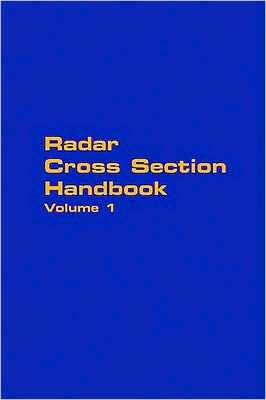
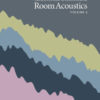
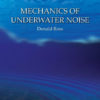



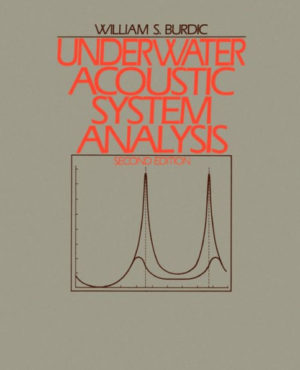
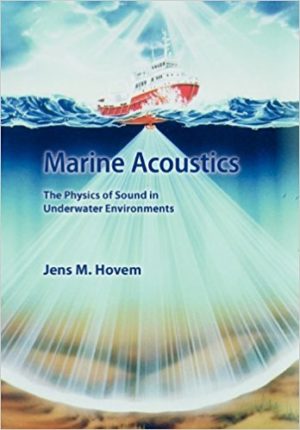
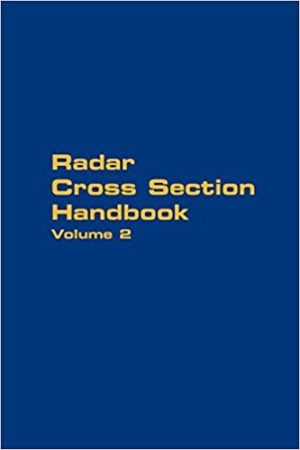
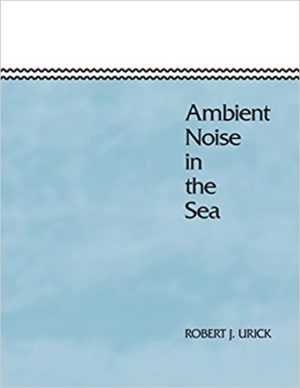

Be the first to review “Radar Cross Section Handbook Volume 1”